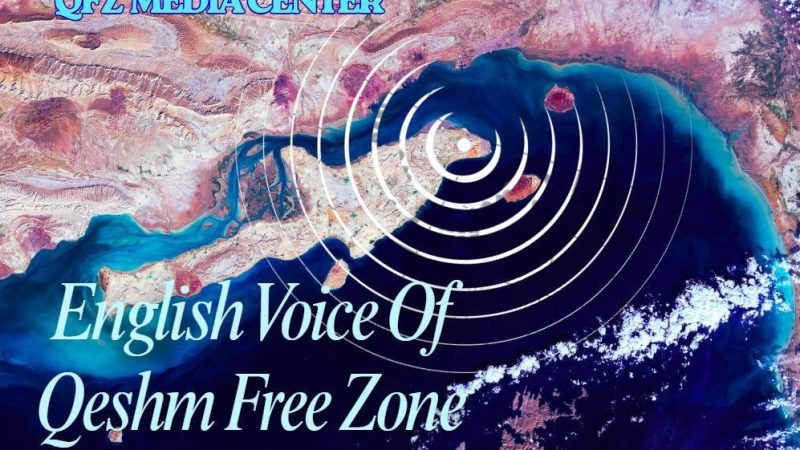Journalism Essentials: A Comprehensive Guide to News Writing Structure and Techniques

Introduction
News writing is both a craft and an art—delivering timely and important information in a clear, engaging, and accessible format for readers. In today’s fast-paced world, where real-time news access is more vital than ever, understanding the principles and structure of news reporting is essential for anyone involved in accurate and effective communication. This educational guide offers a thorough exploration of the core techniques of news writing in a practical and straightforward language, ideal for aspiring journalists and students alike.
Learning Objectives
By the end of this guide, readers will be able to:
Understand the meaning and importance of journalism principles
Recognize the standard structure of a news report (the inverted pyramid)
Learn how to craft an engaging and effective lead
Identify the key elements of a news body
Master techniques for writing impactful headlines
Appreciate the value of accuracy, fairness, and neutrality in news writing
The Core Structure: The Inverted Pyramid
One of the foundational concepts in journalism is the inverted pyramid structure. This method places the most critical information at the beginning of the news story, answering the basic questions of who, what, where, when, why, and how in the first paragraph (known as the lead). Following the lead, supporting details and background information are gradually introduced.
The Lead: Your Gateway Into the Story
The lead paragraph is arguably the most important part of any news story. It determines whether readers will continue reading or move on. An effective lead is concise, direct, and informative.
Key Elements of a Strong Lead:
Answers essential questions: Who? What? Where? When? Why? How?
Newsworthiness: Highlights the most relevant and interesting aspect of the story
Clarity and brevity: Ideally under 30 words, written to hook the reader immediately
Example Lead:
Tehran – IRNA – A 5.2-magnitude earthquake struck near Malard in Alborz Province this afternoon (Thursday). No reports of damage have been released yet.
The Body: Expanding the Story
Following the lead, the body of the news article provides a fuller picture of the event. This section includes:
Detailed explanations: Expands on the basic facts introduced in the lead
Quotes: Adds credibility and human interest with statements from eyewitnesses, officials, or experts
Statistics: Presents data to support or explain the impact of the news
Background information: Offers historical, political, or social context relevant to the story
Example Body (Continued):
The earthquake occurred at 5:45 PM local time at a depth of 10 kilometers. Residents of Tehran and neighboring provinces also felt the tremor.
A spokesperson from the National Crisis Management Organization told IRNA, “Assessment teams have been dispatched to the affected areas. So far, no casualties or damages have been reported.”
It’s worth noting that the Malard region has experienced multiple earthquakes in the past. [Statistical data to be verified]
Headlines: The News in a Nutshell
A compelling headline (or title) is essential for capturing readers’ attention. It should summarize the core of the story in a few words and motivate the reader to continue.
Features of a Strong Headline:
Concise and attention-grabbing: Generally 7–10 words
Contains key terms: Helps with search engine optimization (SEO) and clarity
Conveys the main point: Encapsulates the story’s most important message
Uses strong verbs: Enhances energy and urgency
Avoids ambiguity: Should be clear and specific
Example Headlines for the Earthquake Story:
5.2 Magnitude Earthquake Shakes Malard
Tehran and Alborz Feel Tremors from Malard Quake
Malard Hit by 5.2 Quake, No Damages Reported Yet
Essential Principles of News Writing
Beyond structure, good news writing relies on several key ethical and stylistic principles:
Accuracy and Verification
All facts must be correct. Journalists must verify sources and cross-check information before publishing.
Neutrality and Objectivity
A news article should be free from personal opinions. The journalist’s role is to report, not interpret or persuade.
Clarity and Readability
Language should be clear and understandable, avoiding jargon or complex phrasing.
Timeliness
News must be reported as quickly as possible after verification. Relevance decreases as time passes.
Relevance and Newsworthiness
Stories should relate to public interests and current societal issues.
Practical Exercises
Exercise 1: Write a Lead
Imagine witnessing a minor traffic accident. What key facts should go into your lead?
Answer: Exact location, types of vehicles involved, time of occurrence, likely cause or outcome (e.g., minor injuries).
Exercise 2: Write a Headline
Story: The Minister of Education announces that schools across the country will close for a week due to a flu outbreak.
Sample Headlines:
Nationwide School Closure Due to Flu
Flu Outbreak Forces Week-long School Shutdown
Minister Orders Schools Closed Amid Flu Spread
Learn From Real-World Examples
To better understand how these principles are applied, explore reputable news websites like IRNA, Fars News, Reuters, or AP News. Pay close attention to how leads, bodies, and headlines are crafted in different types of reports.
Conclusion
This guide introduced the basic structure of news writing through the inverted pyramid, the art of creating engaging leads, writing informative bodies, and crafting compelling headlines. We also emphasized the crucial journalistic values of accuracy, fairness, clarity, and timeliness. The next step for aspiring journalists is to read extensively, practice writing daily, and gradually explore advanced reporting techniques.
Frequently Asked Questions (FAQ)
Why is the inverted pyramid structure important?
It allows readers to access the most important information immediately, which is vital in today’s time-sensitive news environment.
What makes a lead paragraph effective?
Brevity, relevance, clarity, and a full answer to the 5Ws and H (Who, What, Where, When, Why, and How).
Can journalists include personal opinions in news articles?
No. Maintaining neutrality and avoiding personal bias is one of journalism’s core principles.
How do you write a compelling headline?
Use strong action verbs, include keywords, be brief, and clearly communicate the main message of the article.
Where can I learn more about journalism?
Educational books, journalism workshops, online courses, and articles from established media organizations are excellent resources.
References
Iranian Journalists’ Association
Dehghan, N. (2011). Principles of Journalism. Tehran: Sanieh Publications
UNESCO (2015). Journalism for All: A Citizen Journalism Guide
McAdams, M. (2019). News Writing and Reporting. SAGE Publications
The Associated Press Stylebook and Briefing on Media Law, Latest Edition



















بدون Comment